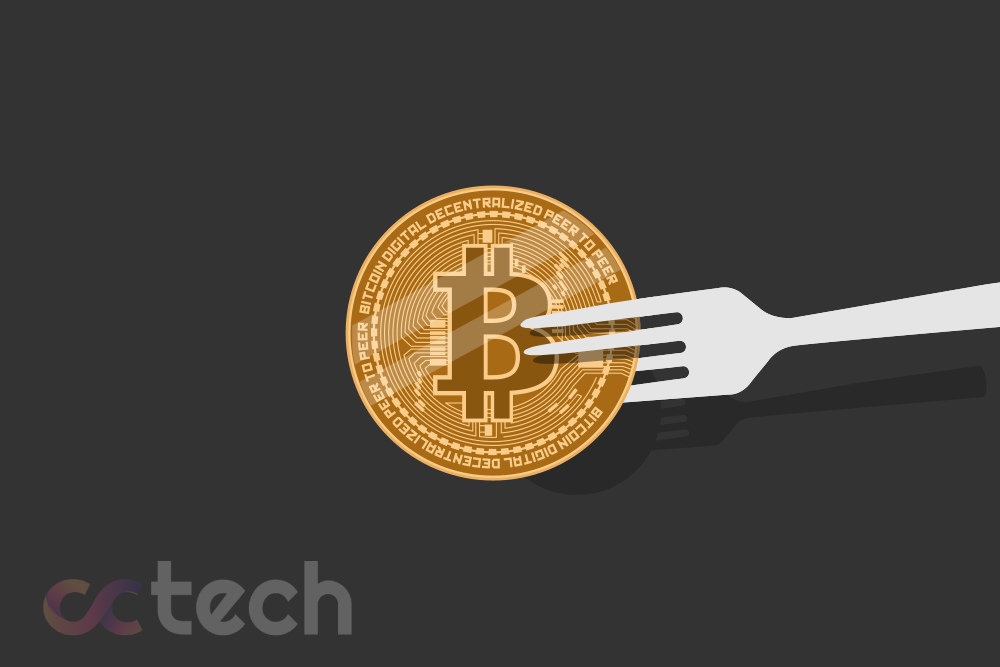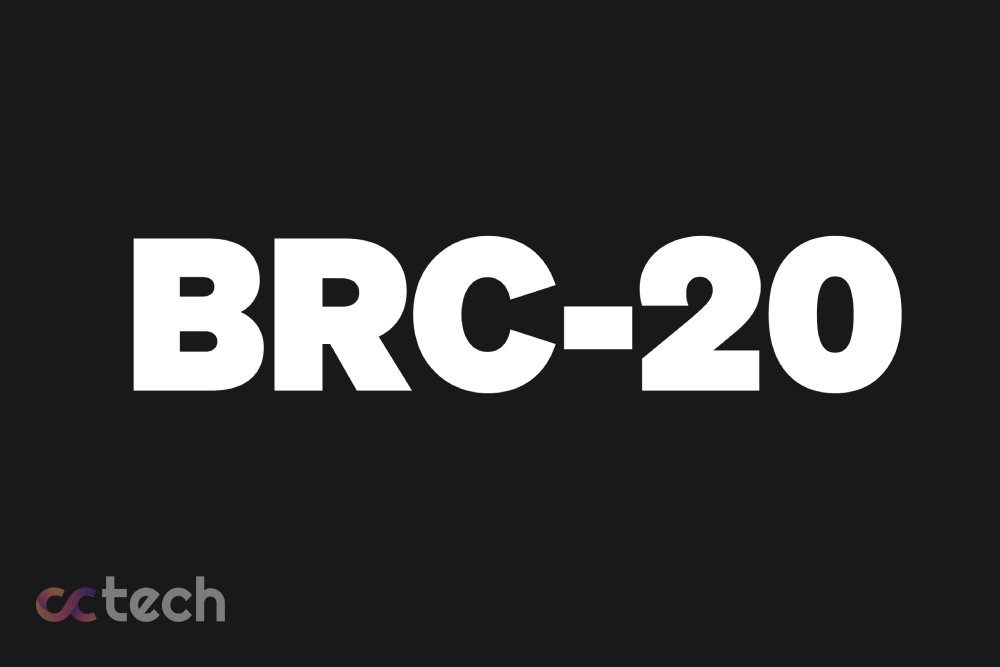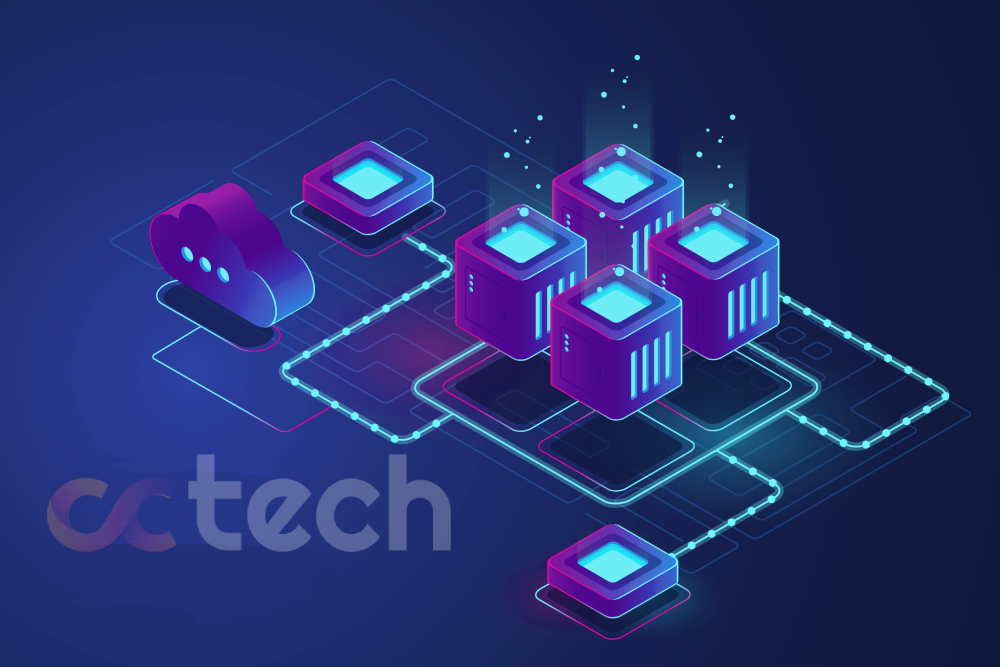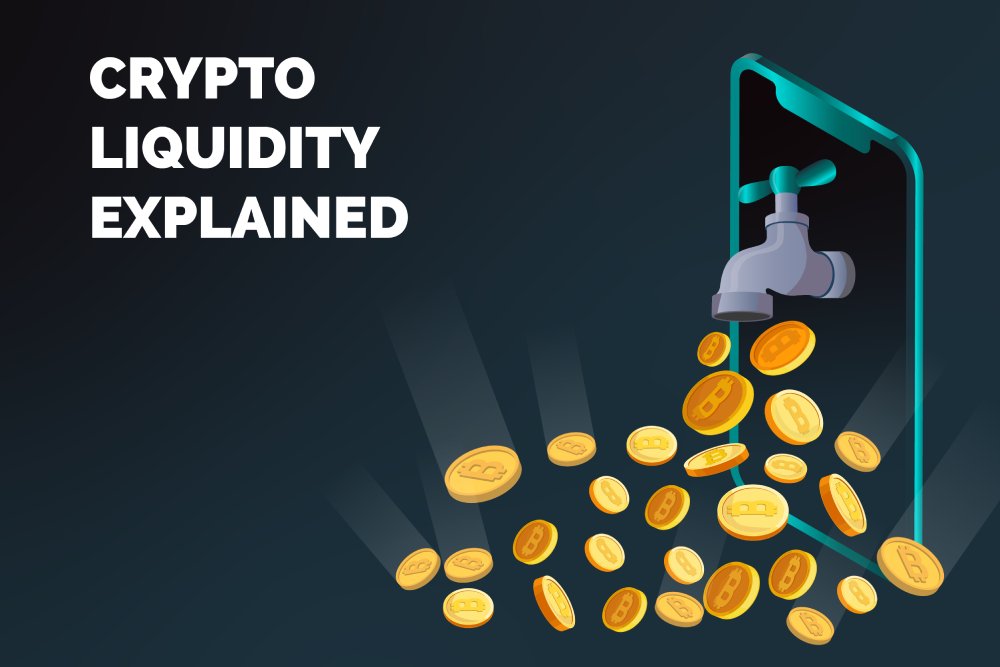
This is the name given to the process of branching a chain of blocks of bitcoin or any other virtual currency. Each block in the chain contains full information about the other elements, it contains all previously made transactions in the network. If corrections are made to the code at some stage, the changed element will not be able to interact with the previous ones (found earlier, in case the cryptocurrency involves mining). All the following blocks will also be formed on the new code. The result is 2 separate, independent electronic registries.
Causes of appearance
Each fork and change of blockchain rules has its own reasons. In principle, they are divided into two types: technical and financial. Often, there can be several of them. With a fork, developers are trying to solve a set of issues. Technical reasons include:
- Switching to a different form of consensus confirmation protocol. For example, from PoW (Proof-of-Work) to DPoS (Delegated Proof of Stake).
- Correcting bugs and making additions to a functioning network to improve it. A common cause is a problem with network scalability. This was the case with the Bitcoin Cash token, which was created through a fork of bitcoin precisely because of the latter’s small block size.
- As a countermeasure to hacker attacks (as in the case of the Ethereum blockchain). Attackers, having discovered a vulnerability in the algorithm, stole $50 million worth of Ethereum coins. To get the money back, a hard fork was conducted, resulting in Ethereum switching to a new blockchain. Not everyone in the community accepted this decision. Some users remained to support the old version of the blockchain, and the coin was named Ethereum Classic (ETC).
- The introduction of the Masternode system. This situation happened with the cryptocurrency Dash, which appeared as a result of the Litecoin (LTC) hard fork. The developers changed the consensus protocol from PoW to PoS, which allowed for the integration of master nodes into the system.
- The creation of a new digital asset. Many cryptocurrencies are formed on the blockchain of other coins. Developers take the blockchain of an existing coin and create a new coin based on it through a hard fork.
- Disagreement among members of the community who have the right to vote. Discusses further changes related to the development of the project.
Financial reasons include:
- Marketing actions. ICOs are launched to conduct a hard fork with the attraction of money.
- Fraud. In this case, the fork is an excuse to accumulate other people’s money. Then the new project is abandoned by the developers and the price of the formed coin is zeroed out.
- Making a profit. After a hard fork and the formation of a new cryptocurrency, coins are issued to all holders of the underlying asset. If the token receives support and starts trading on exchanges, the owners will increase their capital.
Varieties
The decision to make changes to the cryptocurrency code is made at a general community vote among the owners of the full nodes. It is they who determine whether or not to support the new blockchain. Depending on the outcome of the vote and how much the blockchain will change, there are 2 variants of a fork.
Softfork. A minor adjustment to the cryptocurrency’s source code. Since the changes are minimal, there is no compatibility conflict with the previous blockchain. New blocks will be calculated already according to the introduced rules. At the same time, the changes themselves, if necessary, can be “rolled back”.
As an example, the Bitcoin soft fork – Segregated Witness (SegWit), was held on August 24, 2017. Preparation and approval took almost 2 years. According to the developers, the new algorithm has improved the Bitcoin network:
- Increased speed and a number of transactions.
- Reducing the number of commissions.
- Introduction of multi-signatures.
- Increased security of the network.
- Greater flexibility of the optimized blockchain to implement new functions (smart contracts, Lightning Network).
Custom. The decision to soft-forge a cryptocurrency can be made by platform developers or large miners who accumulate most of the computing power. The rules of the project define the conditions, who can participate in the vote, and what the preponderance should be to approve the decision. However, there is another variant of the scenario – UASF (User Activated Soft Fork).
Therefore, this method has a second name – “economic majority”. The weak point of UASF is the long time to implement changes (a year or more). An example is the launch of the SegWit algorithm.
Hardfork. When the cryptocurrency code is modified drastically, the algorithms and rules of the network are changed. The result is a chain of blocks that cannot interact with the previous blockchain. This technology is called a hard fork. As a result of its implementation, 2 options are possible:
- The entire community is 100% supportive of the developers’ ideas. Miners and node owners upgrade the software, and the cryptocurrency continues to exist on the new blockchain.
- Part of the community does not agree with the decision to hold a hard forward. These users are not reinstalling the node software. As a result, there are two working blockchains – a new digital currency appears (Bitcoin Cash, Ethereum Classic).
Hybrid. Reverse case. Developers use 2 different blockchains and use them to create a new, hybrid one. An example of such a digital asset (not very successful) is Bitcoin Private. The blockchain resulted from the merger of Bitcoin and ZClassic.
How to make money from the fork
There are several strategies for profiting from the “fork” of digital assets:
- Once a hard fork is set up, holders of the main cryptocurrency get a similar number of coins of the new altcoin for free.
- Weak team. This does not mean programmers. It is more useful for the project to have competent management and effective advertising.
- The idea of the fork is not new: the obtained coin acts as a clone of the base cryptocurrency and has no advantages.
- Each blockchain fork is an independent and unique phenomenon. No forks are the same, so all cases should be evaluated and analyzed separately.
How to determine the reliability
There is no general solution and no single recommendation for evaluating forks and created cryptocurrencies. Experts advise searching and collecting information about:
- The team. The website of the project should have information about the programmers, developers, and managers. It is useful to find out what experience they have, and whether there were successful cases in the past.
- The price of a new coin. If immediately after the listing, the organizers announce a high value of the token, it will be suspicious, as the potential for rate growth is lower.
- The initial cryptocurrency. It is necessary to analyze and understand how popular the base coin is, on which exchanges the asset is traded, what is its turnover volume and market capitalization.
Conclusion
A blockchain fork can lead to positive and negative results. On the one hand, a useless coin will not arouse the interest of serious people on a crypto exchange. In the world of digital currencies, there are many investors who understand nothing about virtual assets. As a result, fake tokens grow in price and become popular. This situation causes a decrease in the confidence of large investors. Any project related to finance has disadvantages.








